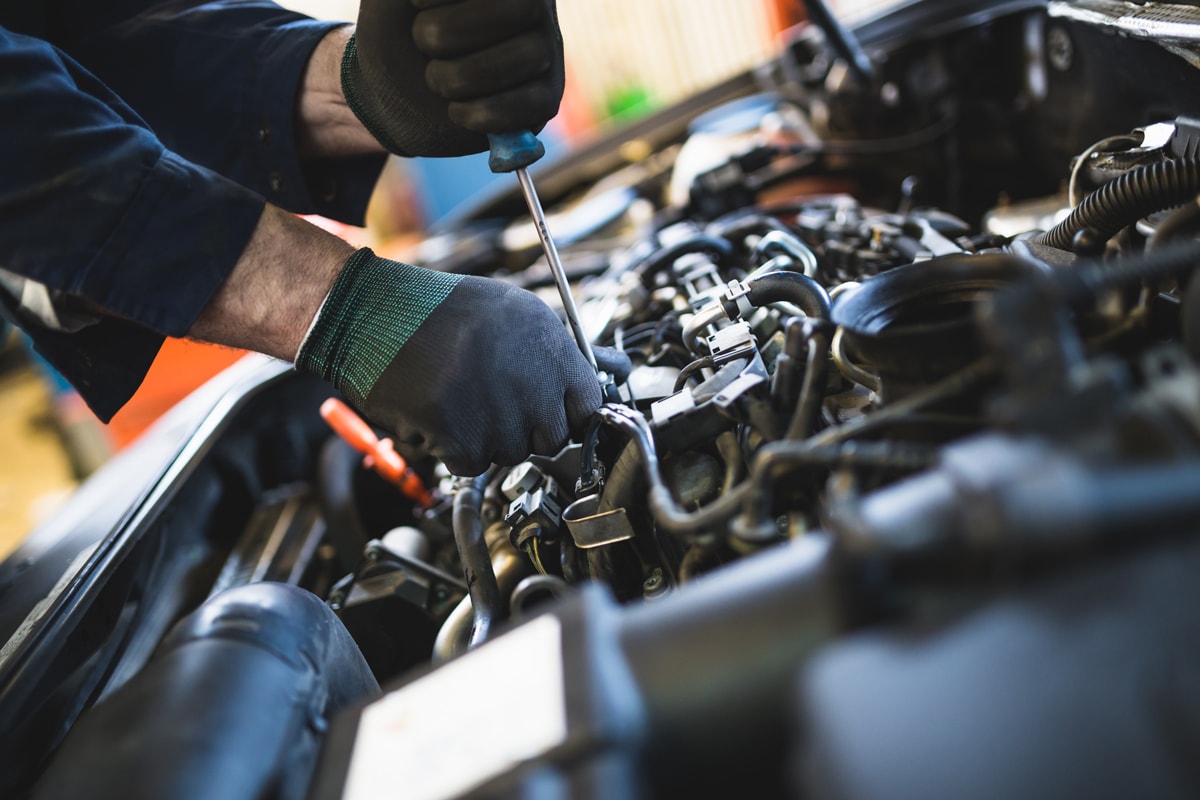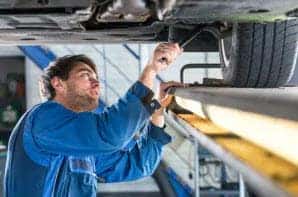All Categories
Featured

When it pertains to lorry repair work, among the most substantial choices you'll face is whether to decide for Original Tools Supplier (OEM) parts or aftermarket components. Both alternatives offer one-of-a-kind benefits, but they likewise include some compromises. Comprehending the distinctions between these 2 kinds of components can help you make an extra educated choice, guaranteeing your car continues to be in leading form while fitting within your budget plan. Below, we check out the benefits and factors to consider of both OEM and aftermarket components to help you choose the right option for your following car repair service.

What Are OEM Components? When it was very first built, OEM components are made by the very same business that made the parts in your vehicle. They are developed particularly for your make and model, making certain ideal compatibility and top notch efficiency. Since OEM components are the very same ones utilized in the initial setting up of your vehicle, they have a tendency to meet the very same high requirements established by the manufacturer.
One of the main advantages of selecting OEM components is the assurance of quality and reliability. If your lorry is still under guarantee, utilizing OEM components for repair work can assist make certain that your warranty continues to be valid.

What Are Aftermarket Components? Aftermarket parts, on the various other hand, are produced by third-party makers who may not be straight connected with the automobile's initial maker. These components are developed to fit a selection of lorries and are often more economical than OEM components. While lots of aftermarket components are of premium quality, they can vary significantly in between suppliers.
Given that these parts are mass-produced and don't have the very same overhead expenses as OEM parts, they are commonly valued lower. In addition, aftermarket components can provide enhanced efficiency or aesthetic renovations over OEM components.
Advantages of OEM Parts. Surefire Fit and Top quality: OEM parts are created to satisfy the specific requirements of your automobile, ensuring an excellent fit and maintaining the performance standards that the manufacturer planned. Guarantee: Lots of OEM components feature a warranty, providing tranquility of mind in instance the part is faulty or stops working prematurely. Resale Value: If you intend on selling your auto, using OEM components can assist preserve its resale value because prospective purchasers usually try to find vehicles that have been fixed with original parts. Vehicle Integrity: Making use of OEM components helps ensure that your automobile remains to perform as intended by the manufacturer, keeping it in optimum problem. Advantages of Aftermarket Components. Lower Cost: Aftermarket parts are often extra budget-friendly, which can be a significant consideration if you get on a budget plan or wanting to save cash on repairs. Variety and Personalization: Aftermarket components supply a wide range of options, particularly for efficiency upgrades or aesthetic modifications, permitting you to individualize your automobile or improve its performance. Wide Availability: Aftermarket parts are normally less complicated to locate than OEM parts, especially for older cars or hard-to-find components. Performance Enhancements: In many cases, aftermarket parts are created to supply remarkable efficiency, such as far better brakes or higher-flow air filters that enhance horsepower. Downsides of OEM Parts. Higher Expense: OEM parts tend to be extra expensive than aftermarket alternatives, which might be a disadvantage for vehicle proprietors on a tight spending plan. Restricted Alternatives for Customization: OEM parts are designed to change the original components without any improvements, so they may not offer efficiency upgrades or aesthetic changes. Schedule: Depending upon the make and design of your vehicle, OEM components can often be difficult to locate, especially if your automobile is older or has actually been stopped. Disadvantages of Aftermarket Parts. Inconsistent Top quality: The quality of aftermarket parts can vary substantially in between manufacturers. While some are made with high-grade products, others may be much less sturdy or badly created, which might lead to faster damage. Prospective Fitment Issues: Aftermarket components may not always fit your lorry as specifically as OEM parts, bring about possible compatibility issues or extra job during installation. Service Warranty Worries: Making use of aftermarket parts may nullify your producer's warranty or cause difficulties if a failing occurs that belongs to the aftermarket element. Just how to Choose In Between OEM and Aftermarket Components. Choosing between OEM and aftermarket components depends upon several elements, including your spending plan, the age and condition of your lorry, and your certain repair service requirements.
Budget: If expense is your key concern, aftermarket components are usually the a lot more budget-friendly selection. Nevertheless, it is necessary to weigh the long-term worth of your decision. You might end up investing more in the long run if you opt for a less expensive aftermarket component that doesn't perform well or requires constant substitutes. Car Age and Condition: For more recent automobiles still under service warranty or those in outstanding condition, OEM parts are usually advised to preserve the auto's stability and ensure it remains to run as planned. For older cars, aftermarket parts may give a more budget-friendly remedy without compromising efficiency. Fixing Type: Some repair work, especially safety-related parts like airbags or brake systems, are best managed with OEM components to make sure ideal security and integrity. For non-essential repair work or efficiency upgrades, aftermarket parts might provide a good equilibrium between expense and efficiency. Conclusion. The choice between OEM and aftermarket parts depends on your particular requirements, preferences, and budget plan. While OEM parts offer assured quality and reliability, aftermarket components provide expense financial savings and the chance for performance improvements or modification. By meticulously considering elements like the nature of the repair work, the age of your automobile, and your financial situation, you can make an educated option that ensures your car stays in leading problem without damaging the bank. Always seek advice from a trusted technician to figure out the most effective alternative for your repair service requires.
Latest Posts
Raise Any Type Of Room with Fashionable, High-Quality Area Rugs
Published Apr 19, 25
1 min read
Discover the Perfect Rug for Your Home
Published Apr 19, 25
1 min read
Where Flavor Satisfies Enjoyable at Lucky Road
Published Apr 19, 25
1 min read